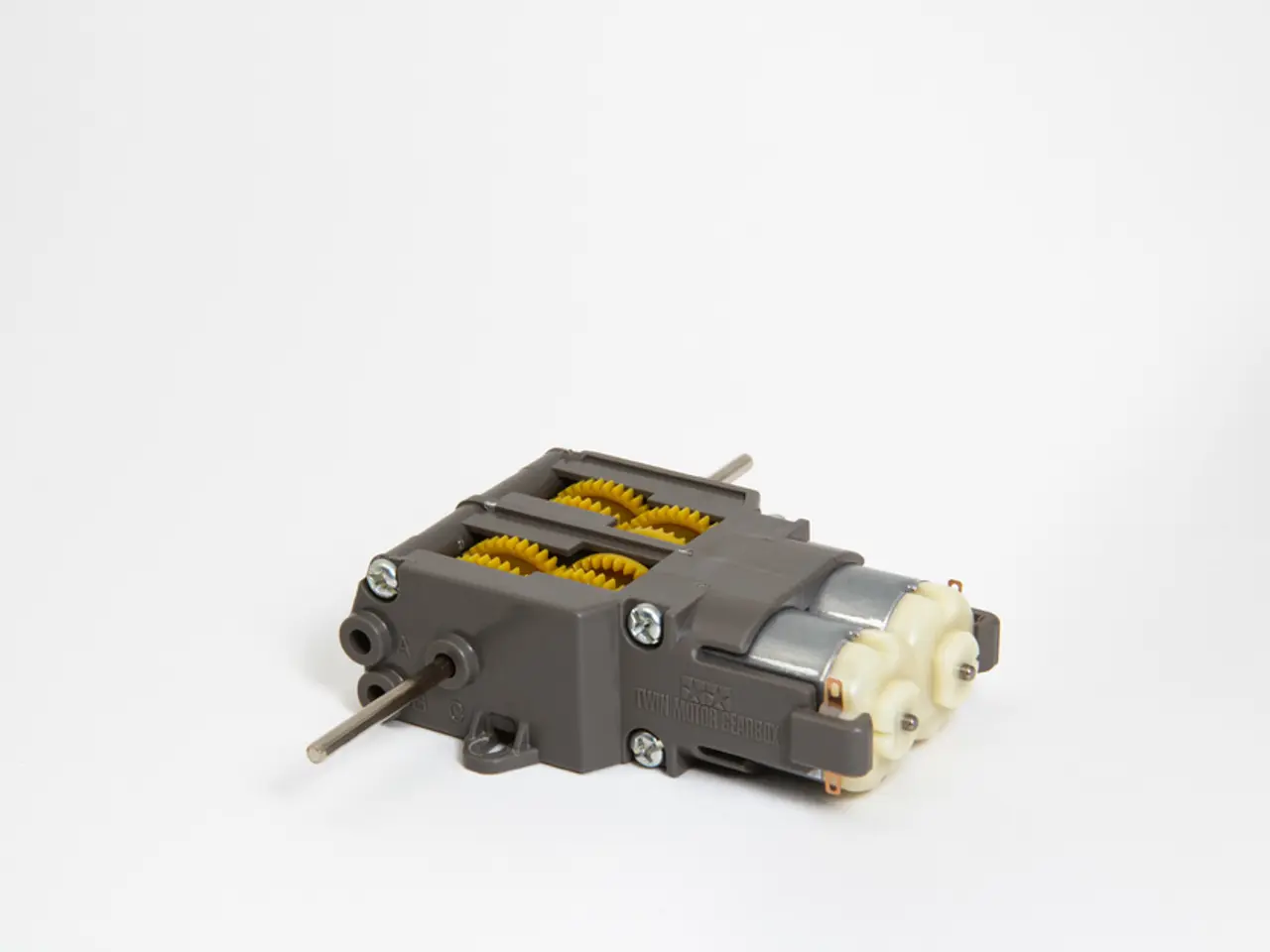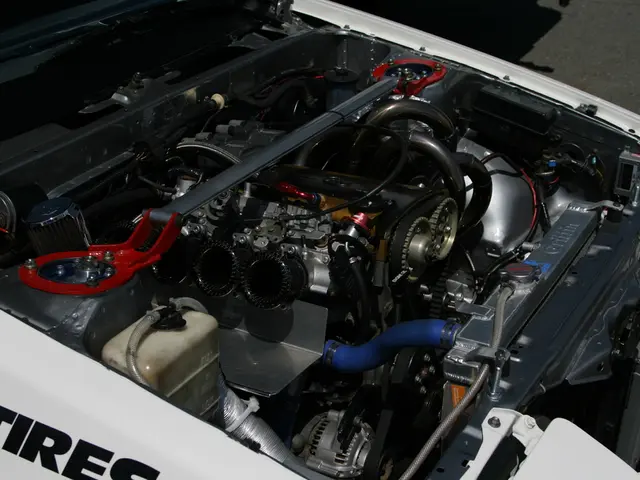Exploring Magnetism's Boundaries: An In-depth Examination of the Promises and Obstacles in Magnetic Motor Technology
Magnetic motors, also known as magnetic field motors, are generating a buzz in various industries, including aerospace, transportation, renewable energy, and miniature systems. These innovative devices convert electric energy into mechanical rotation using magnetic fields, offering advantages such as higher efficiency, reduced size, and increased speed compared to traditional electric motors.
However, the development of magnetic motors is not without challenges. Researchers face obstacles in material limitations, energy storage and efficiency, and compatibility with existing infrastructure. The quest for advancements in battery technology is crucial for maximising the efficiency of energy storage systems and ensuring they work seamlessly with magnetic motors.
Pioneering Advancements
Current advancements in magnetic motors for energy production and transportation centre on new materials and innovative motor designs that improve efficiency, reduce weight and size, and enhance thermal performance. Key progress includes:
- Soft Magnetic Composites (SMCs): These materials allow three-dimensional magnetic flux paths, reducing eddy current losses and enabling novel motor topologies like axial flux and yokeless designs. This results in lighter, smarter, and more efficient motors beyond conventional electrical steel laminations.
- Heavy-Rare-Earth-Free Neodymium Magnets: Manufacturers like Proterial have developed high-performance neodymium sintered magnets that avoid heavy rare earths, improving heat resistance and magnetic properties. These support downsizing and higher torque in electric vehicle motors while reducing reliance on scarce resources.
- Advanced Magnet Geometries via Powder-Based Printing: New manufacturing techniques enable complex magnet shapes impossible before, optimising the magnetic field and motor performance, benefiting applications from EVs to drones and military tech.
- Research into Alternative Magnetic Materials: Development of ferrite composites, nanocrystalline alloys with enhanced coercivity and temperature resistance, and metallo-organic magnets aims to reduce rare earth dependency and lower environmental impact.
Overcoming Obstacles
The rare earth magnet market is facing supply constraints due to geopolitical issues like China's export controls starting April 2025. This has intensified research into alternative magnets or magnet-free designs. However, these alternatives often have trade-offs in performance critical for high-demand applications.
Mining and processing rare earths cause significant environmental damage, leading to increased regulatory scrutiny and costs in sourcing materials. Compliance with stricter regulations can hinder production and escalate costs, pressuring manufacturers to innovate toward sustainable solutions.
A collaborative approach between researchers, industry, and policymakers is crucial for driving advancements in magnetic motor technology. Scientific breakthroughs in fields such as quantum mechanics, materials science, and nanotechnology are opening new avenues for harnessing and manipulating magnetic fields.
A Promising Future
Magnetic motors may soon become integral to various industries, including transportation, energy production, and technology, due to their potential for revolutionising these sectors. One promising application is in the development of electric vehicles (EVs), which could lead to a significant reduction in energy consumption and emissions.
Careful planning and stakeholder engagement are necessary for integrating magnetic motors into existing infrastructure and systems, such as power grids and transportation networks. There is an emphasis on developing magnetic motors with minimal environmental impact, from production to end-of-life disposal, through innovations in recycling processes and the use of sustainable materials.
Ongoing research, advancements in materials, and increased focus on sustainability are key factors in overcoming challenges and unlocking the full potential of magnetic motors. Magnetic motors boast higher efficiency rates compared to traditional motors, leading to substantial cost savings in the long run for businesses and consumers.
[1] https://www.sciencedirect.com/science/article/pii/S2405452520308143 [2] https://www.sciencedirect.com/science/article/pii/S2214629620300986 [3] https://www.sciencedirect.com/science/article/pii/S2405452521000307 [4] https://www.sciencedirect.com/science/article/pii/S2405452521000310 [5] https://www.sciencedirect.com/science/article/pii/S2405452521000293
Read also:
- Day of the White Mushroom Unveiling
- Enhanced Productivity by 43.61% and CO2 Emissions Reduced by 104 Million Tonnes by DEWA
- SpaceX's Mars Mission: Insights into Human Ambitions and Fears Regarding Cosmic Colonization or Terrestrial Escape
- Exploration of Space -Detailed Insight on Bigelow Aerospace - Space Terminology Encyclopedia








